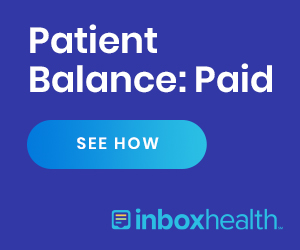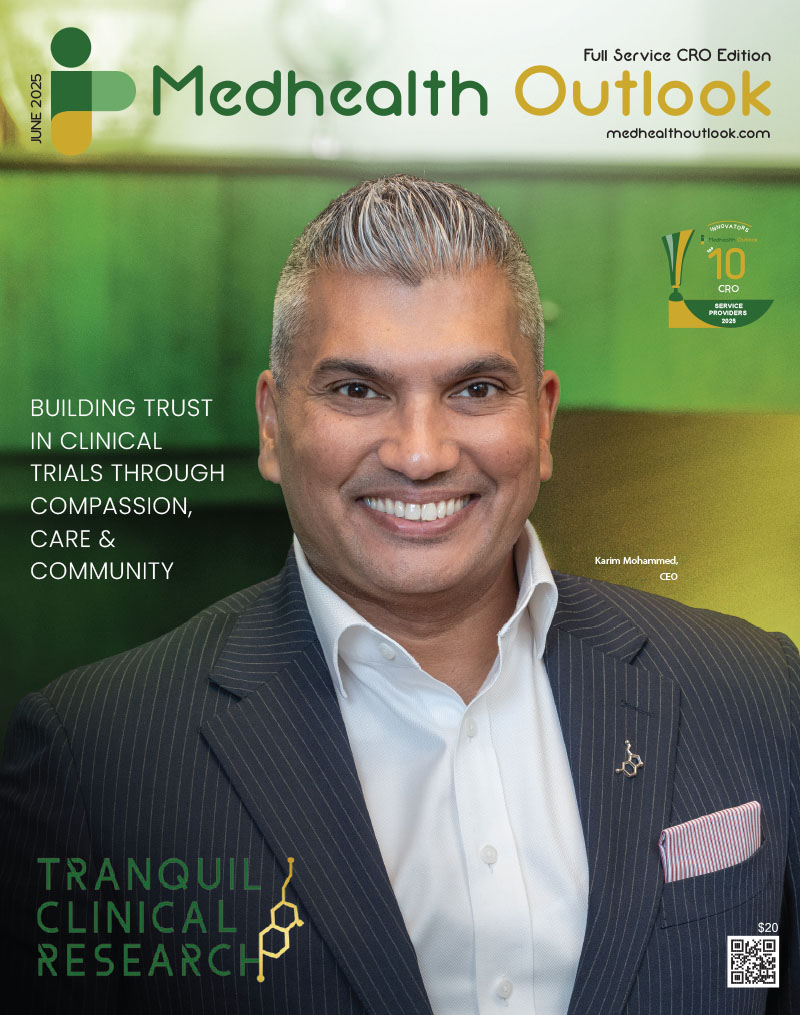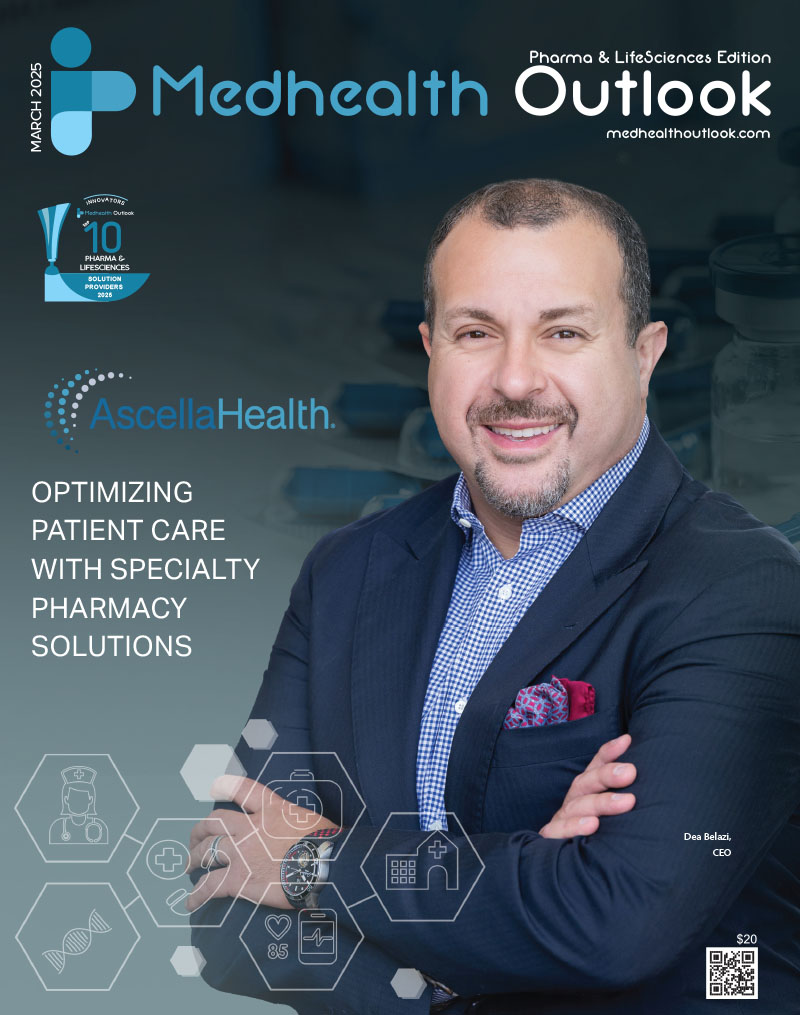People are living longer lives than ever before, and it is anticipated that a growing number of them will experience shift in their physical abilities and cognition at some point, which could threaten their well-being. At the same time, there a lot fewer children being born, which is pushing up the average age of the population. By the end of this decade, one out of every five people in the United States will be over the age of 65 and, by 2034, individuals over 65 will outnumber those under 18.
As people live, they tend to accumulate a number of health-related issues, which impact vision and mobility. By the age of 50, at least half of us will be living with at least one condition, one out of five with two conditions, and around one out of ten living with three. By the age of 85 and over, at least seven in ten individuals will have at least one type of disability. This is troubling, given that the fastest growing demographic in the world is people over the age of 80.
Nationwide, a full quarter of Americans are living with at least one disability today:
- 7 percent of people with a disability have a mobility disability with serious difficulty walking or climbing stairs.
- 8 percent of people with a disability have cognitive disabilities with serious difficulty concentrating, remembering or making decisions.
- 8 percent of people with a disability have an independent living disability with difficulty doing errands alone.
- 9 percent of people with a disability are deaf or have serious difficulty hearing
- 6 percent of people with a disability have a vision disability with blindness or serious difficulty seeing even when wearing glasses.
- 6 percent of people with a disability have a self-care disability with difficulty dressing or bathing.
And, eleven percent of people over the age of 65 have some of cognitive impairment; two-thirds of those are women. Cognitive impairment can range from mild to dementia, a form of decline in abilities severe enough to interfere with daily life. It manifests as the loss of cognitive functioning — thinking, remembering, and reasoning — to such an extent that it interferes with a person’s daily life and activities. Alzheimer’s Disease is the most prevalent form.
Today, nearly nine out of ten of older adults wish to stay in their homes for as long as possible. However, this is an unlikely possibility, given shifting demographic and health realities, as well as a shrinking labor market. A perfect storm is brewing that could portend increased costs for families and the state, as well as a greater likelihood that older adults will be placed in institutionalized settings, like nursing homes, for longer periods of time.
Today, according to the CDC, at least three million people over the age of 65 are treated for falls annually in the U.S. each year, requiring 800,000 hospitalizations and resulting in 300,000 hip fractures – this is expected to double by 2050. The hospitalization cost is about $33,000 per stay per person, and the aggregate annual cost is about $55 billion. These numbers are staggering and they will grow without intervention and we have to get ahead of them before its too late.
Solutions for today, and tomorrow
Long-term independence begins when individuals address potential physical changes in later life by incorporating them into renovations in the built environment, which can extend their well-being. This includes attention to details like lighting and flooring in all living areas, as well as toilet height, grab bars, and barrier free showers in the bathrooms. But these modifications can only go so far to prevent falls and track physical well-being. At some point, technology needs to step in.
Devices like the Apple Watch help users take greater control of their health. Nearly 80 percent of individuals are using the device to track health data, but a growing number of them are also using these wearables to monitor biometrics and manage chronic health conditions, like sleep apnea, atrial fibrillation, diabetes, and hypertension. Which makes sense because although roughly half of all Apple Watch customers are in the 35-55 age cohort, a full third of people using the device are over the age of 55. New additions to the Apple Watch include functionality to monitor oxygen levels in the blood and gait, which is a key predictor of falls.
The home is not the only place where individuals can monitor their well-being. In 2019, during the Tokyo Motor Show, Japanese company Mitsubishi Electric introduced its concept of “Mobility for Better Days”, which included advances in technologies across the board, from the cars we drive to adapting the wider social infrastructure in order to transform people’s lives. Not surprisingly, much of the discussion was around their self-driving system, which has been at the top of most consumers’ minds.
The interior of their concept car, “EMARAIS,” is notable, because it included a number of health monitoring innovations that included contactless heart-rate monitoring, face tracking that
anticipates when the driver is falling asleep, and a sensor that continually monitors body surface temperature. These health monitoring innovations allow the onboard system to diagnose driver conditions, such as fatigue, drowsiness and sudden sickness, in order to intervene with advanced autonomous driving modes or warn the police, fire, or EMS of a health emergency in real time.
The goal
In the end, society’s goal should always be to keep individuals as healthy and independent for as long as possible. Monitoring technologies are a good way to help make that goal a reality. If used properly and in advance of a major life-changing event, they will keep more people living at home and away from institutionalized settings for longer periods of time, which will lower health costs and improve quality of life. It’s a win-win for everyone.
Bradley Schurman is the author of THE SUPER AGE: DECODING OUR DEMOGRAPHIC DESTINY(HarperCollins). He’s an expert on demographic change and how its disrupting social, political, and economic norms. His deep understanding of population shifts, coupled with his grasp of emerging trends, makes him an invaluable asset for any organization interested in garnering insights into the future of everything in our aging world. For more information, please visit thesuperage.com.


















